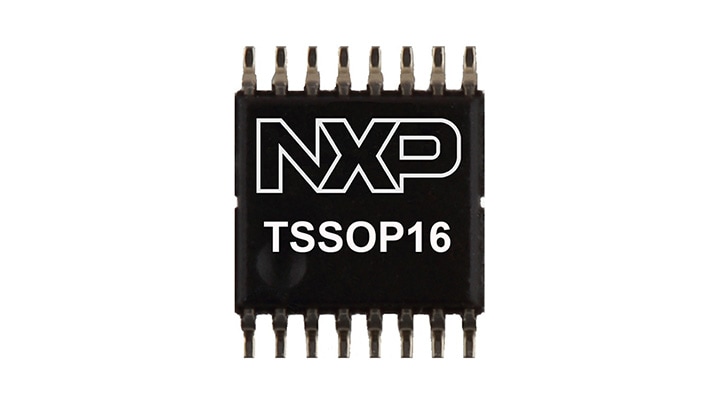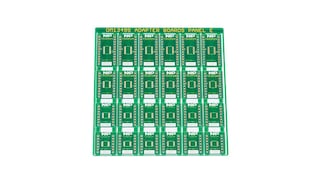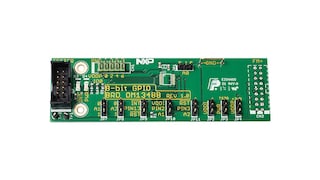The PCA9554B and PCA9554C are low-voltage 8-bit General Purpose Input/Output
(GPIO) expanders with interrupt for I2C-bus/SMBus applications. The only difference
between the PCA9554B and PCA9554C is their I2C fixed address allowing a larger
number of the same device on the I2C-bus with no chance of address conflict. NXP I/O
expanders provide a simple solution when additional I/Os are needed while keeping
interconnections to a minimum, for example, in ACPI power switches, sensors,
push buttons, LEDs, fan control, etc.
In addition to providing a flexible set of GPIOs, the wide VDD range of 1.65 V to 5.5 V allow
the PCA9554B/PCA9554C to interface with next-generation microprocessors and
microcontrollers where supply levels are dropping down to conserve power.
The PCA9554B/PCA9554C contain a register set of 8-bit Configuration, Input, Output,
and Polarity Inversion registers.
The PCA9554B is a pin-to-pin replacement for the PCA9554, while the PCA9554C
replaces the PCA9554A. Both of these devices replace other industry-standard part
numbers. More fully-featured parts PCAL9554B and PCAL9554C are also available with
Agile I/O features. See the respective data sheet for more details.
The PCA9554B/PCA9554C open-drain interrupt (INT) output is activated when any input
state differs from its corresponding Input Port register state and is used to indicate to the
system controller that an input state has changed.
INT can be connected to the interrupt input of a microcontroller. By sending an interrupt
signal on this line, the remote I/O can inform the microcontroller if there is incoming data
on its ports without having to communicate via the I2C-bus. Thus, the
PCA9554B/PCA9554C can remain a simple target device.
The device outputs have 25 mA sink capabilities for directly driving LEDs while consuming
low device current.
The power-on reset sets the registers to their default values and initializes the device state
machine.
All input/output pins have weak pull-up resistors connected to them to eliminate external
components.
Three hardware pins (A0, A1, A2) select the fixed I2C-bus address and allow up to eight
devices to share the same I2C-bus/SMBus. The PCA9554B and PCA9554C differ only in
their base I2C-bus addresses permitting a total of 16 devices on the I2C-bus, minimizing
the chance for address conflict, even in a complex system.





